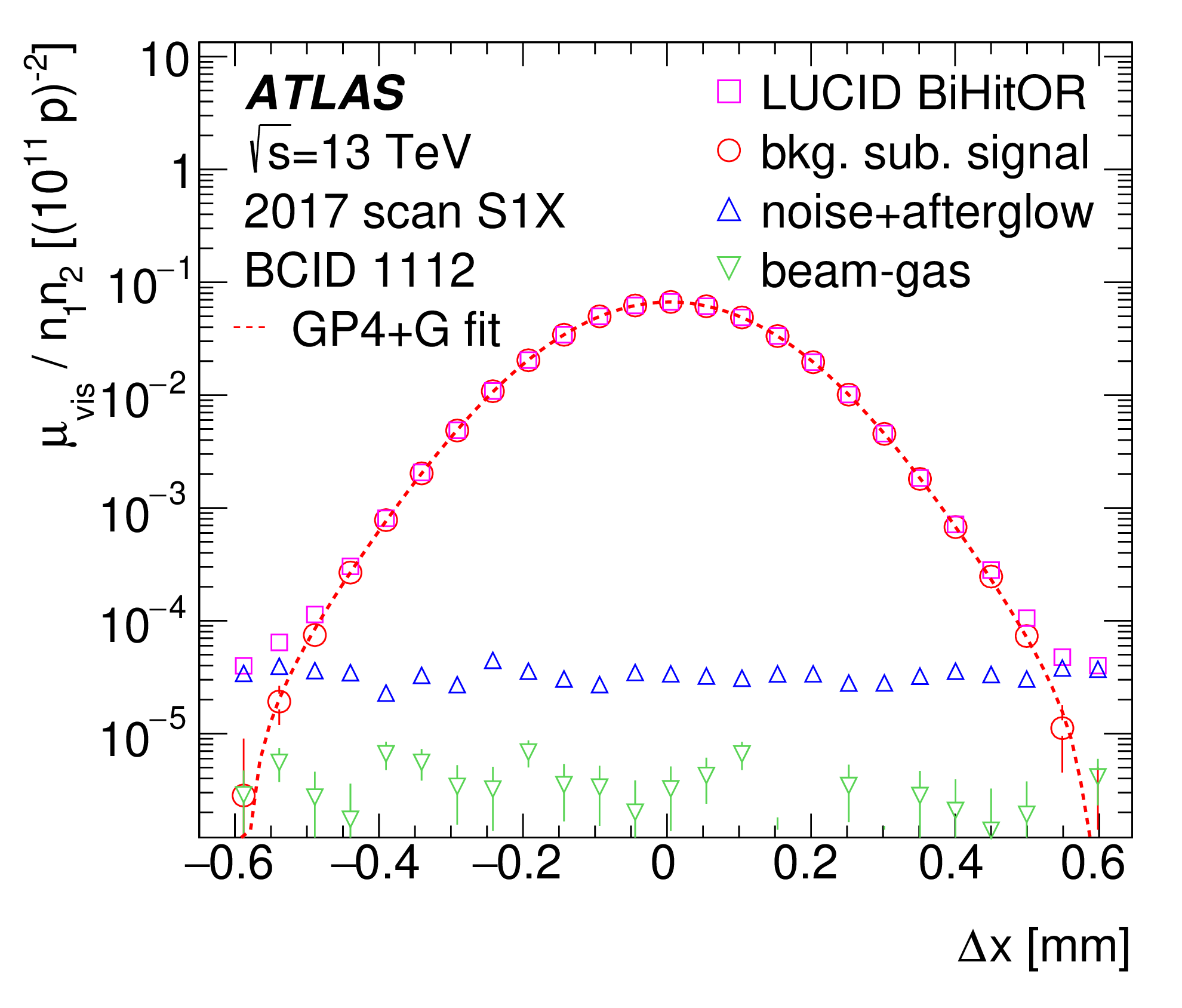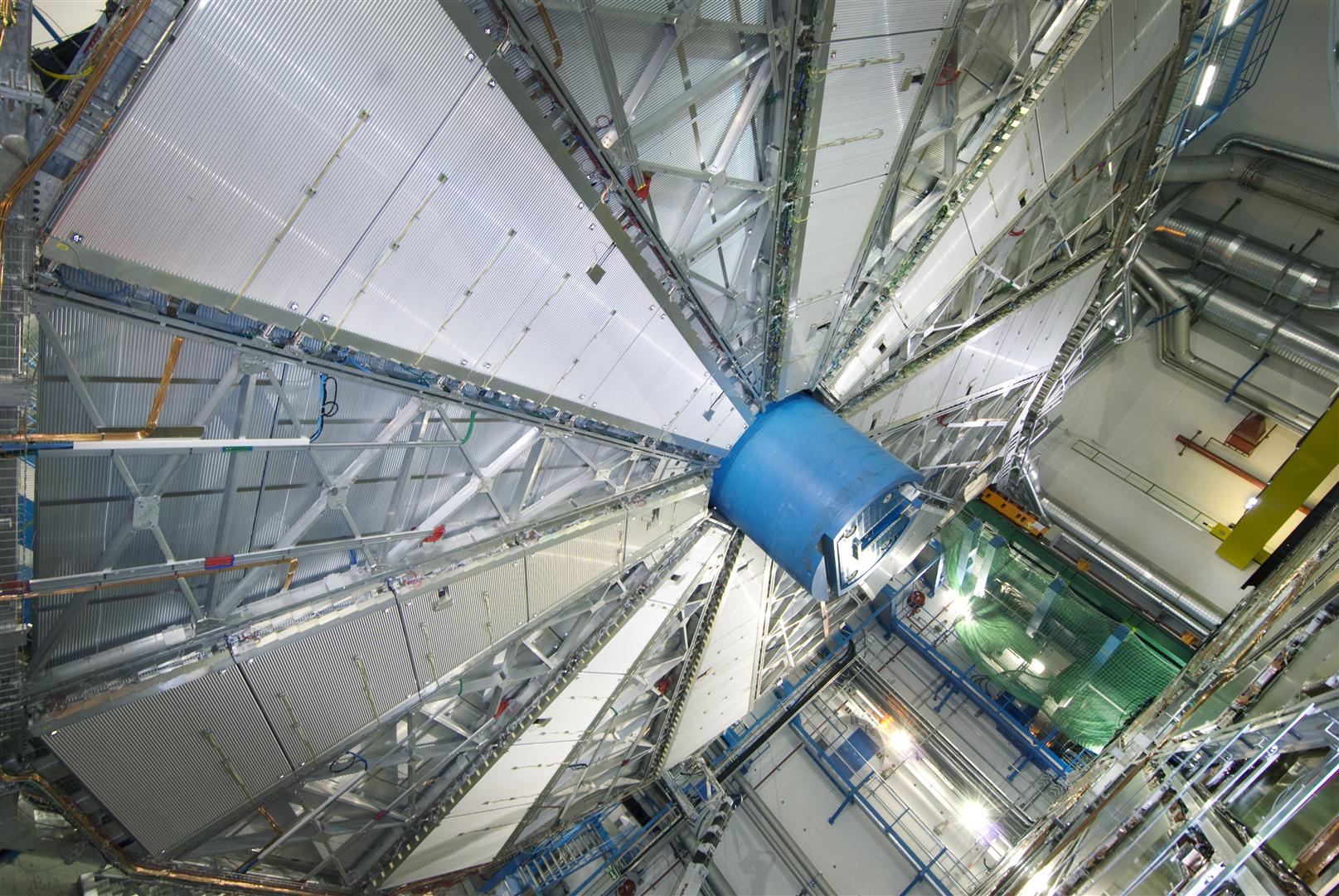ATLAS kicks off a new year at 13 TeV
23 May 2017 | By

Geneva, 23 May 2017. A new season of record-breaking kicked off today, as the ATLAS experiment began recording first data for physics of 2017. This will be the LHC’s third year colliding beams at an energy of 13 tera electron volts (TeV), allowing the ATLAS experiment to continue to push the limits of physics.
“The ATLAS experiment is ready to enter this new round of data-taking and we are looking forward to another exciting year of LHC physics,” says Karl Jakobs, ATLAS Spokesperson. “We will continue to explore the 13 TeV energy frontier in great depth, to address rarer processes and to increase the precision of many measurements.”
2017 should be another excellent year for both ATLAS and the LHC, with records in luminosity set to be broken. The higher the luminosity, the more data can be gathered – and the greater the chance of observing rare processes. “The benefits of ATLAS’ fantastic performance in 2016 is clearly seen in our many new results, both in the search for new physics and in measurements of Standard Model processes,” says Dan Tovey, ATLAS Physics Coordinator. “This bodes very well for the rest of Run 2, when the threefold increase in data should give us sensitivity to the most subtle effects of ‘new physics’ in dedicated searches, and will enable us to take measurements with exquisite precision.”
2017 should be another excellent year for both ATLAS and the LHC, with records in luminosity set to be broken.
However, maintaining the excellent performance of the ATLAS experiment is no simple task – it requires significant efforts from teams across the collaboration. “We've put a vast amount of work into improving the ATLAS trigger systems for the yet-higher luminosity runs in 2017,” says Kunihiro Nagano, Coordinator of the ATLAS Trigger, the system responsible for selecting online which collisions are saved. “These improvements include a significant speed-up of trigger software and improved algorithms that will allow us to maintain excellent performance under high pileup conditions. It was a big challenge, but one that led to many new ideas and developments.” Just as the trigger, many other ATLAS detector systems benefited from the LHC winter shutdown to make improvements and repairs, which required the involvement of technical teams from across the Collaboration.
"Last year was an incredible year for the LHC, with more data delivered than in all of the previous years combined,” says Jonas Strandberg, ATLAS Data Preparation Coordinator. “Our teams were eager to meet the challenge of calibrating, reconstructing and assessing these data quickly, before passing them to physics analysis. We are looking forward to another record-breaking year from the LHC, and are ready to provide even more high-quality data this year."
With the 2017 run now beginning, the entire ATLAS Collaboration is eager to see what new observations may be made. Stay tuned!
Links:
- ATLAS at the Starting Line, ATLAS News,19 May 2017
- Beams return to the ATLAS experiment, ATLAS News, 29 April 2017
- LHC Report: setting up for the next season, CERN Update, 23 May 2017
- Kick-off for the 2017 LHC physics season, CERN Media Information, 23 May 2017



